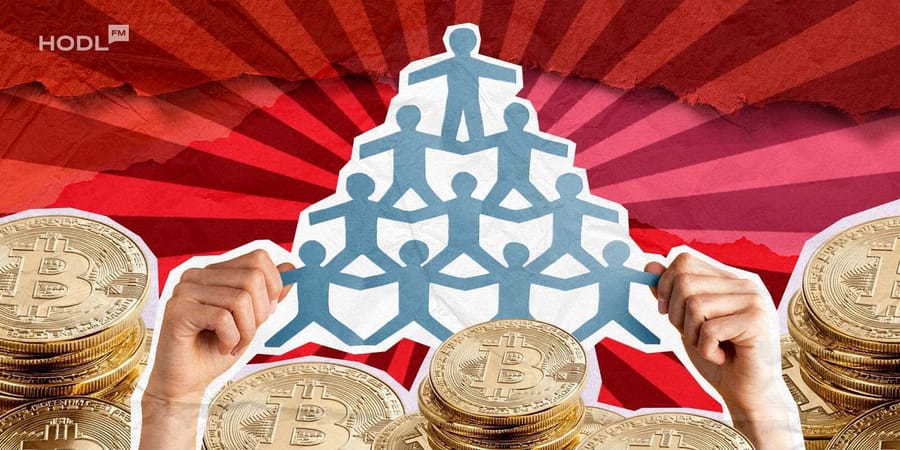Someone’s waiting for a new token to launch through an IDO, another is farming points for airdrops, and you’re sitting there feeling FOMO, not really understanding what it’s all about?
Actually, all these trendy terms describe how tokens are distributed and promoted within the community. When a token is new, unknown, and nobody cares about it yet, projects need to find ways to get people interested.
In this article, we’ll break down what ICOs, IDOs, airdrops, crypto faucets, launchpads, and tap-to-earn games are and where these crypto activities actually take place. You’ll be in the loop too.
What is an initial coin offering (ICO)?
An Initial Coin Offering (ICO), also called a blockchain ICO or crypto ICO, is a way for crypto startups to raise funds by selling new tokens directly to the public. Usually, users pay Bitcoin or Ethereum and receive tokens in exchange. It’s like crowdfunding, but for blockchain projects.
The ICO appeared in 2013, and in 2017–2018, they reached its boom. According to an EY study, ICOS had raised over $15 billion through ICOs by mid-2018. The top 10 projects alone were responsible for 52% of that total.

One of the most famous ICOs was Binance in 2017. At the time, Changpeng Zhao (CZ) was already a trusted figure in crypto, set on building a fast and user-friendly exchange. By selling BNB tokens for just $0.15 each, Binance raised about $15 million and went on to become the world’s largest exchange.
Those years also gave rise to notable projects:
- Ethereum raised $18 million in its ICO (Initial Coin Offering) in 2014.
- Chainlink funded its oracle network through an ICO in 2017.
- Polygon (then Matic) raised $5 million in 2019 to solve Ethereum’s scaling problem.
However, 80% of ICOs turned out to be scams. For example, BitConnect faked profits with a “trading bot,” causing investors to lose over $2.4 billion. Centra Tech lied about Visa and Mastercard partnerships, raised $32 million, after that, its founders went to jail.
In 2019, regulators began to sound the alarm. The U.S. SEC began enforcing ICO Initial Coin Offering regulations, filing lawsuits and shutting down unregistered token sales.
ICOs still exist, but they’ve become much more regulated. If you’re interested, you can check the crypto ICO calendar and ICO crypto list on ICO Drops and CryptoRank.
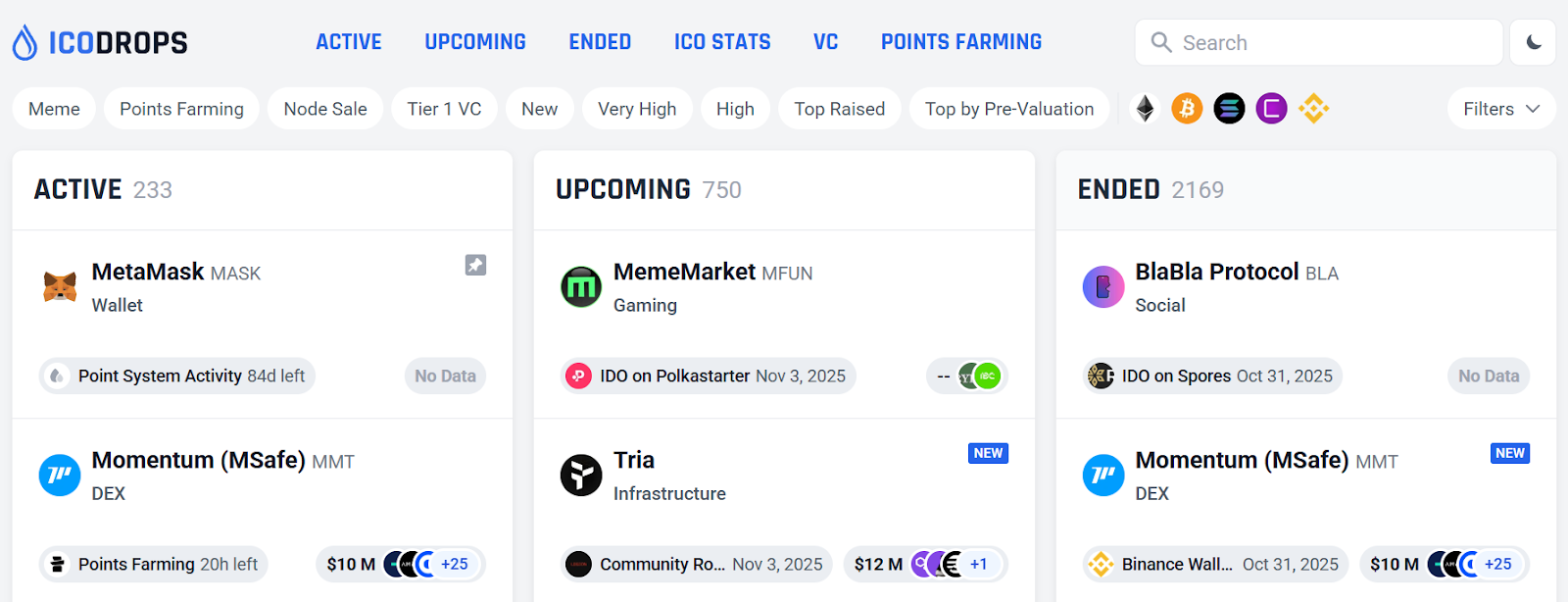
What is IDO in crypto?
After ICOs came IDOs (Initial DEX Offerings). It’s basically the same as ICOs, but on decentralized exchanges like Uniswap, PancakeSwap, SushiSwap, and Polkastarter. They’re faster, cheaper, and don’t require approval from any regulators.
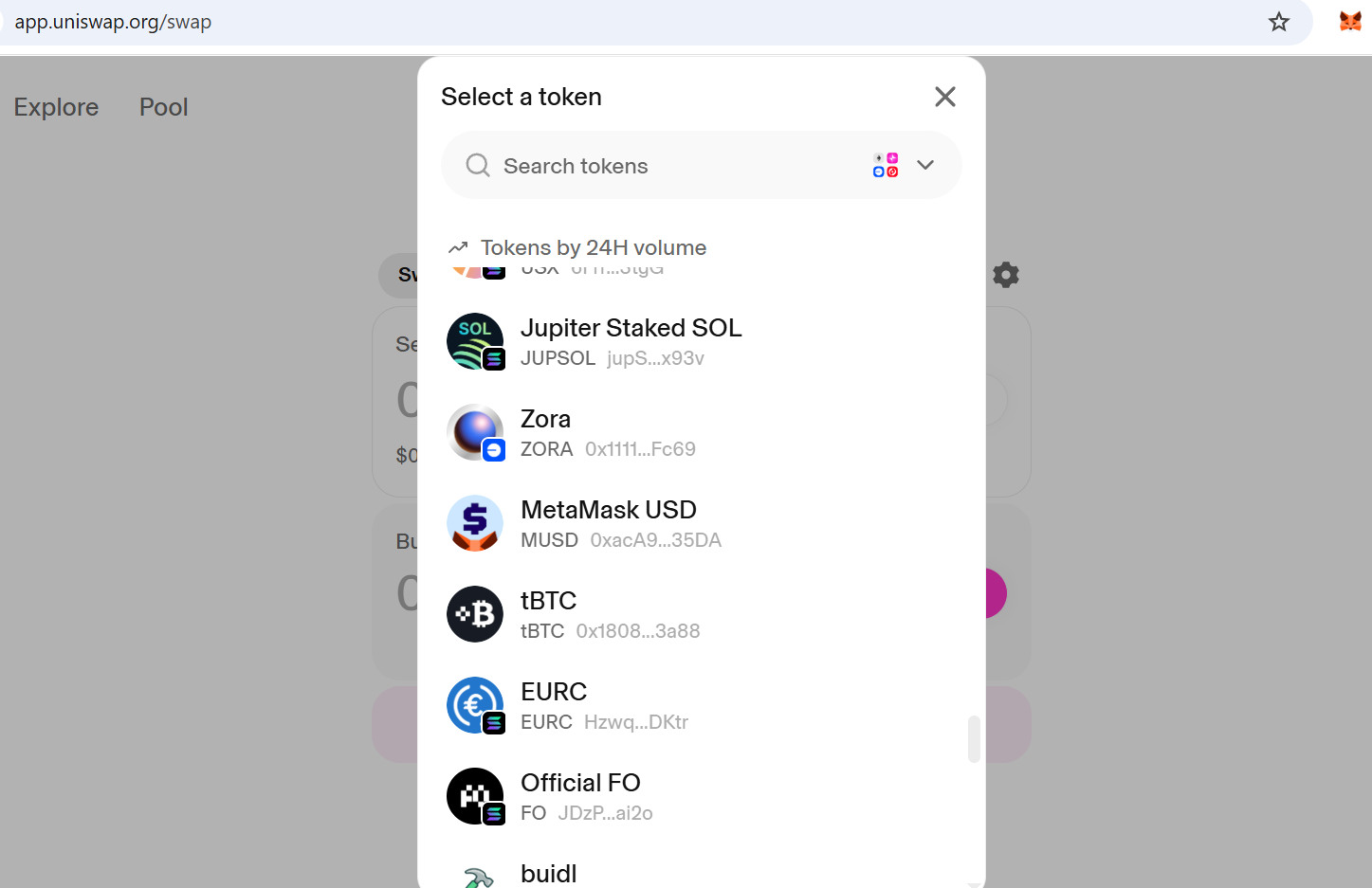
Here, tokens are immediately added to a liquidity pool, a kind of shared pot where the project adds tokens and money, and anyone can trade with the pool anytime.
Instant liquidity is great for users, but it can cause price crashes within hours for projects. And scammers can just as easily launch fake tokens.
So how can projects raise funds if most users just speculate on token prices? That’s only possible if a token needs to have real value, clear utility, and future potential.
Most IDOs raise relatively small amounts initially — often under $500,000 per launch. However, the most successful projects showed a 10x to 100x increase in value within days after launch.
Fair fundraising with launchpads
After the chaos of ICOs and the risks of IDOs, crypto needed a more curated and trustworthy system. A crypto launch pad (or token launchpad) is a platform that reviews and hosts new token sales. The best crypto launch pads include Binance Launchpad, DAO Maker, Seedify, and CoinList.
Here, Binance was also the pioneer. CZ launched Binance Launchpad in 2019:
“The idea behind it was to create a regulated and transparent token launch platform that supports transformative projects. We want to empower teams to raise funds fairly and provide our community with early access to promising crypto tokens in a secure and trusted environment.”
Launchpads evaluate projects based on:
- Team credibility and history
- Feasibility of the idea
- Tokenomics (how tokens are used and distributed)
- Market potential
To participate in most launchpads, users need to stake the platform’s native token (BNB on Binance Launchpad, DAO on DAO Maker, or SFUND on Seedify). The more tokens they stake, the larger their guaranteed share of new tokens.
Later, Binance Launchpad evolved into Binance Launchpool. On this platform, instead of buying tokens, users stake their existing crypto like BNB or BUSD) and earn new tokens as rewards without losing their initial funds.

Airdrops — free tokens
Here, you don’t have to pay a cent. Isn’t it wonderful? An airdrop is a way for crypto projects to distribute free tokens to users’ wallets to reward activity or attract new participants.
There are three types of airdrops:
- Retroactive airdrop: rewards early users after the token launch, based on their past activity. It's like a “thank-you” for early adoption.
- Holder airdrop: gives tokens to people holding certain NFTs or tokens at the time of a blockchain snapshot.
- Task-based airdrop: distributes tokens to users who complete simple social or in-app tasks, often through platforms like Zealy.
Have you heard of Binance Alpha Points? Well, it’s a hybrid between a holder airdrop and a task-based airdrop, as it rewards users both for holding certain assets (like in a holder airdrop) and for generating trading volumes (like in a task-based airdrop).
One more generous airdrop example is Uniswap’s 2020 UNI distribution, where every user who had used the protocol received 400 UNI tokens worth about $1,200 at the time and later more than $12,000.
However, we need to keep a cool head. According to Keyrock’s analysis, most airdrops lose their value within 15 days. In 2024, 88% of tokens declined within a few months despite initial price spikes.
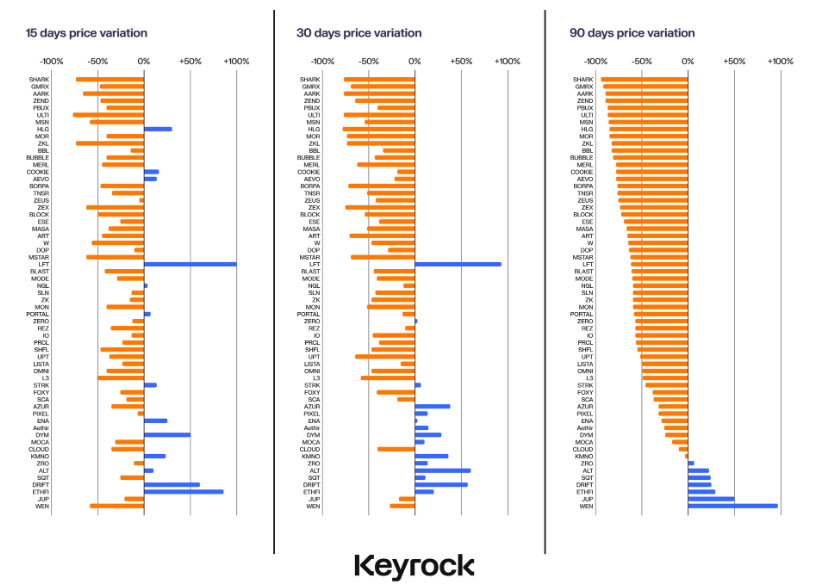
Faucets with crypto instead of water
Crypto faucets are websites or apps that give away tiny amounts of crypto for simple actions. For example, solving captchas, viewing ads, and playing simple tasks.
It sounds unbelievable today, but in 2010, Bitcoin’s first faucet, created by developer Gavin Andresen, gave out 5 BTC per person to help people learn how wallets and transactions worked. Just think about it — five whole bitcoins.
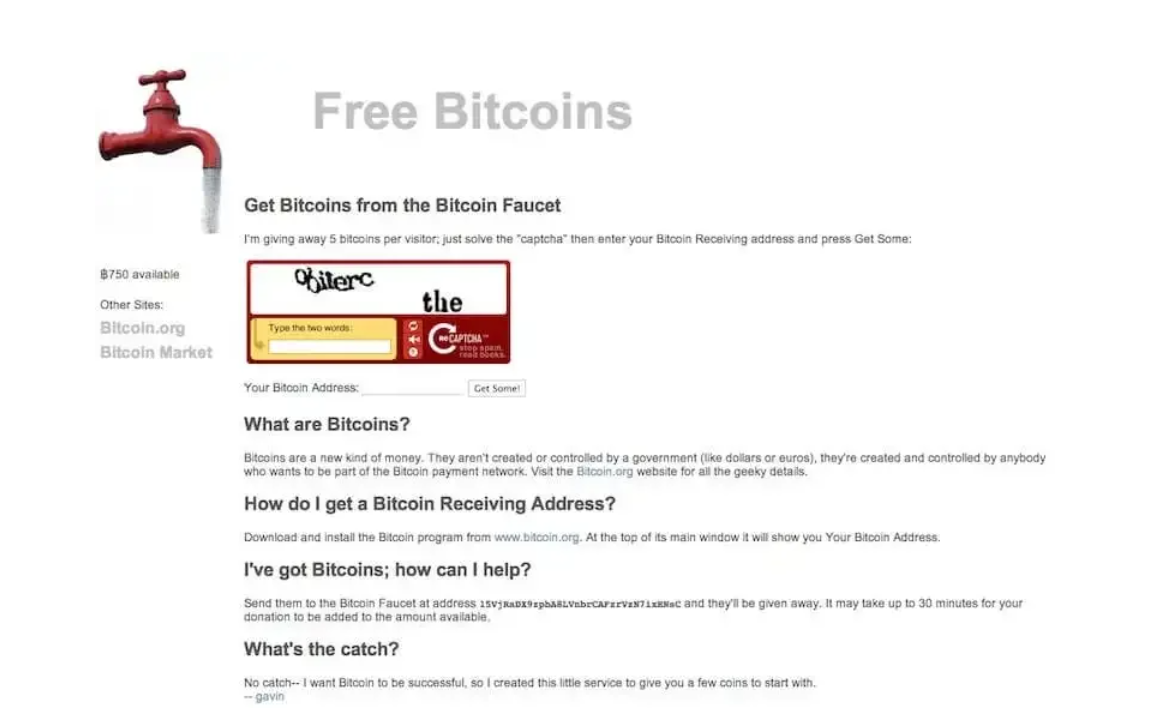
At first, they were a learning tool, but over time, the economics of crypto faucets broke down. The cost of giving away coins became higher than ad revenue, and bots drained most of the funds.
However, faucets still exist. For example, Brave Browser rewards users with Basic Attention Token (BAT) for viewing privacy-respecting ads.
Tap-to-earn games. Earn with one finger
Tap-to-earn (or “play-to-earn”) games exploded in popularity during 2023–2024. They appear as mobile apps, browser-based games, or Telegram Web Apps (TWAs) built on the TON blockchain. The idea is the same: you tap the screen, perform simple actions, and earn tokens.
Among the most famous tap-to-earn Telegram games are:
- Notcoin, a simple tapping game. By mid-2024, its valuation hit $2 billion, and early players who earned 100,000 coins made around $2,800.
- Hamster Kombat, widely popular in Ukraine, Russia, and Uzbekistan. It lets players act as virtual CEOs, tapping and managing hamster characters. However, when the airdrop happened, users were disappointed with the size of the payouts. One Trustpilot reviewer even called the game “the biggest airdrop scam in the year.”
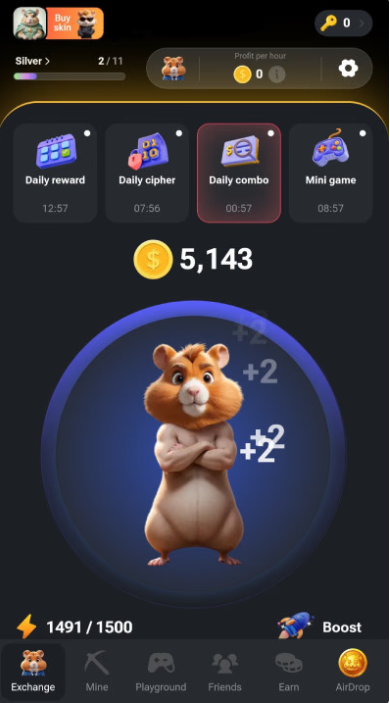
Outside Telegram, there are mobile apps like Robox and Miner GO, and web games such as Alien Worlds and Blockchain Monster Hunt.
You might wonder, what's the point of all this tapping? You might wonder, what's the point of all this tapping? Why do developers need players to tap instead of just distributing tokens through an airdrop?
Players keep tapping for months, which helps games earn ad money and show strong engagement stats that attract investors.
How to make users stick even more? NFT, testnets, and referrals
Since decentralization means there’s no single authority, communities take on that role. They test new products, spread awareness, and help projects survive even in bear markets.
To attract new participants and keep current ones engaged, teams use a few marketing tricks. Let’s break that down below:
NFT mints: some NFT projects, like Bored Ape Yacht Club and Pudgy Penguins, turned ownership into membership. Holders got access to exclusive chats, parties with celebrities, and community perks such as profit shares from branded toys or voting rights.

For now, NFT popularity has dropped sharply. It’s no longer a mass asset. Now, they’re mostly bought by long-time fans or those who are interested in a specific NFT.
Testnets: networks like Arbitrum and zkSync rewarded users who tested pre-launch features. It’s a way to support development and possibly earn future airdrops, though rewards are not guaranteed.
You may wonder what the difference is between a retroactive airdrop and a testnet, as both involve early participation. The difference is that testnets are about participation with hope, while retroactive airdrops are about rewards after the fact.
Referral programs: Binance and Crypto.com achieved significant growth through referral systems that rewarded users for inviting friends.
It's an age-old way to attract new users to a product. But if you suggest it to a skeptic, be ready to hear: “It’s a pyramid scheme.”
How not to lose money to scams
ICOs were early fundraising methods with high risk and little oversight, while IDOs made the process decentralized and open to anyone. Launchpads introduced safer, curated token sales. Airdrops rewarded users for participation, and faucets gave tiny crypto amounts to help beginners learn.
But even now, the same golden rule applies: if something sounds too good to be true, it probably is. Before joining any activity, no matter whether you’re investing money or just your time, take a moment to investigate:
- Check the team: Are the founders public and verifiable?
- Read the whitepaper: Does it explain real use cases or just hype?
- Watch for unrealistic promises: “Guaranteed profits” don’t exist in crypto.
The crypto world rewards curiosity but punishes carelessness. Do your own research, and stay skeptical.

Disclaimer: All materials on this site are for informational purposes only. None of the material should be interpreted as investment advice. Please note that despite the nature of much of the material created and hosted on this website, HODL FM is not a financial reference resource, and the opinions of authors and other contributors are their own and should not be taken as financial advice. If you require advice. HODL FM strongly recommends contacting a qualified industry professional.
